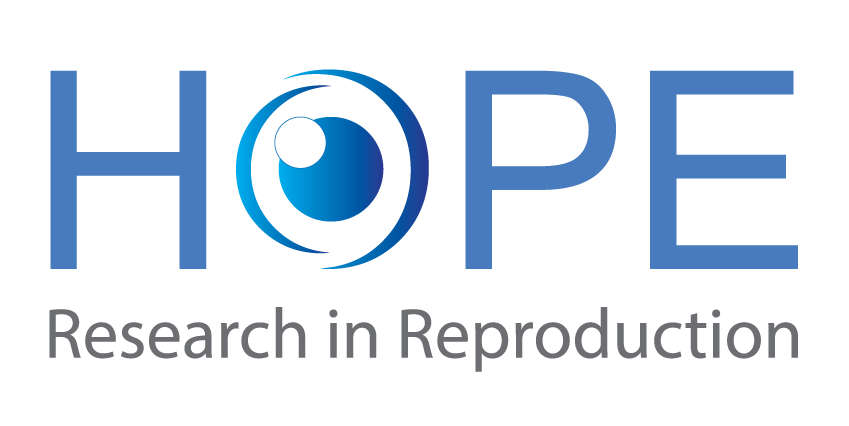Front. Endocrinol., 12 March 2021 – 2021-03-12
Sandro C. Esteves1*, Hakan Yarali2,3, Lan N. Vuong4,5,6, José F. Carvalho7, İrem Y. Özbek2, Mehtap Polat2, Ho L. Le4,5, Toan D. Pham4,5, and Tuong M. Ho4,5 on behalf of The POSEIDON Group †
Published: 12 March 2021
Author information
1ANDROFERT, Andrology and Human Reproduction Clinic, Campinas, Brazil
2Anatolia IVF, Ankara, Turkey
3Department of Obstetrics and Gynecology, Hacettepe University, Ankara, Turkey
4Department of Obstetrics and Gynecology, University of Medicine and Pharmacy at Ho Chi Minh City, Ho Chi Minh City, Vietnam
5IVFMD, My Duc Hospital, Ho Chi Minh City, Vietnam
6HOPE Research Center, My Duc Hospital, Ho Chi Minh City, Vietnam
7Statistika Consulting, Campinas, Brazil
Abstract
Objective: To estimate the prevalence of low-prognosis patients according to the POSEIDON criteria using real-world data.
Design: Multicenter population-based cohort study.
Settings: Fertility clinics in Brazil, Turkey, and Vietnam.
Patients: Infertile women undergoing assisted reproductive technology using standard ovarian stimulation with exogenous gonadotropins.
Interventions: None.
Main outcome measures: Per-period prevalence rates of POSEIDON patients (overall, stratified by POSEIDON groups and by study center) and the effect of covariates on the probability that a patient be classified as “POSEIDON”.
Results: A total of 13,146 patients were included. POSEIDON patients represented 43.0% (95% confidence interval [CI] 42.0–43.7) of the studied population, and the prevalence rates varied across study centers (range: 38.6–55.7%). The overall prevalence rates by POSEIDON groups were 44.2% (group 1; 95% CI 42.6–45.9), 36.1% (group 2; 95% CI 34.6–37.7), 5.2% (group 3; 95% CI 4.5–6.0), and 14.4% (group 4; 95% CI: 13.3–15.6). In general, POSEIDON patients were older, had a higher body mass index (BMI), lower ovarian reserve markers, and a higher frequency of female factor as the primary treatment indication than non-POSEIDON patients. The former required larger doses of gonadotropin for ovarian stimulation, despite achieving a 2.5 times lower number of retrieved oocytes than non-POSEIDON patients. Logistic regression analyses revealed that female age, BMI, ovarian reserve, and a female infertility factor were relevant predictors of the POSEIDON condition.
Conclusions: The estimated prevalence of POSEIDON patients in the general population undergoing ART is significant. These patients differ in clinical characteristics compared with non-POSEIDON patients. The POSEIDON condition is associated with female age, ovarian reserve, BMI, and female infertility. Efforts in terms of diagnosis, counseling, and treatment are needed to reduce the prevalence of low-prognosis patients.
